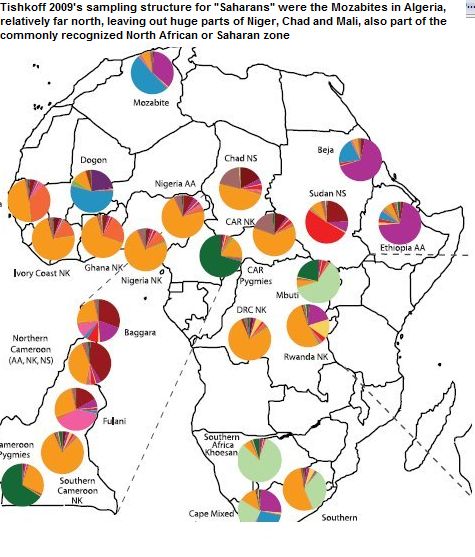Originally posted by Big O:
"The point here is that they are using morocco because of its proximity to Europe in order to fabricate the idea that stone tool technology evolution in Africa required migration and interaction with Europeans, which is blatantly false. First the problem starts with the Aterian itself:"
Honestly I don't think that it's even that much the fret about. We know that "Europeans" at the time were not even white. We are talking about the "Negroid" hunter and gatherers like the Grimaldi.
Early "Europeans" who carry "European genotypes"


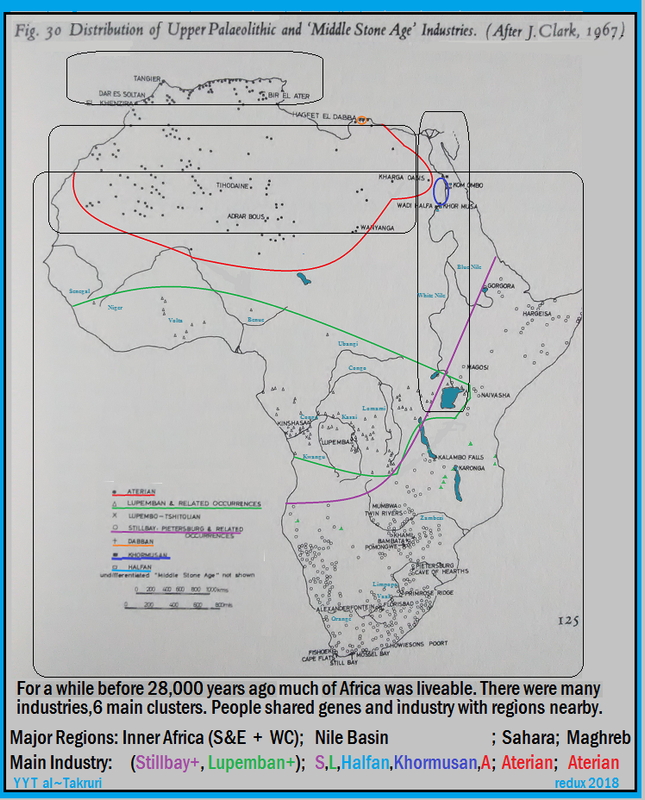










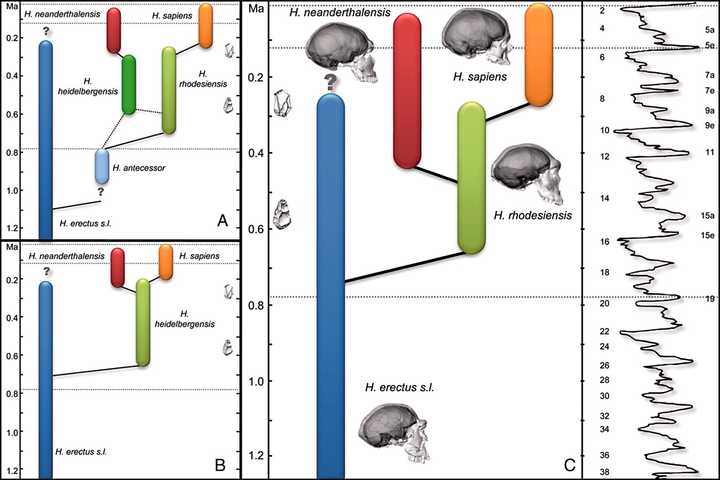




















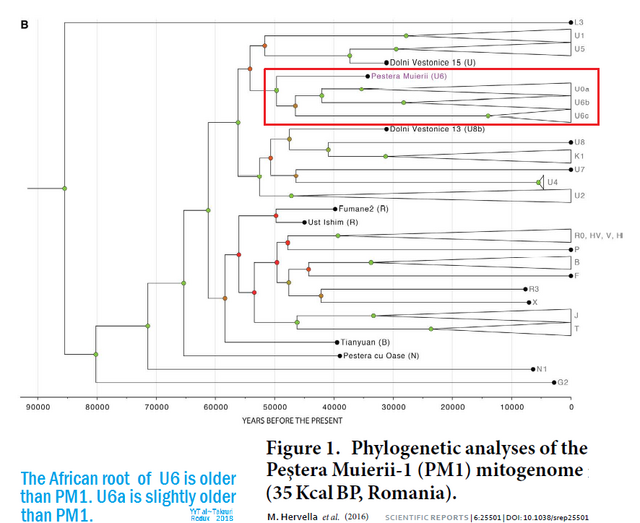





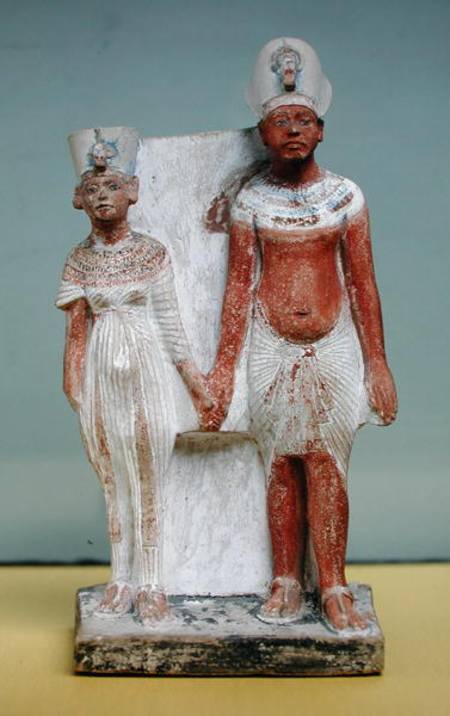

![[Eek!]](eek.gif)











